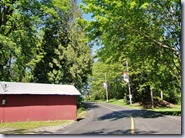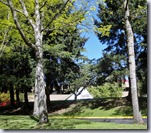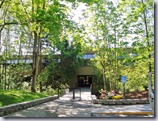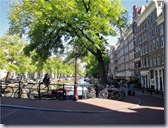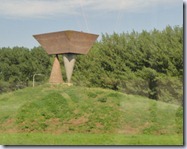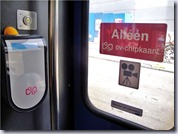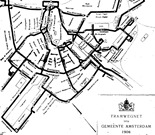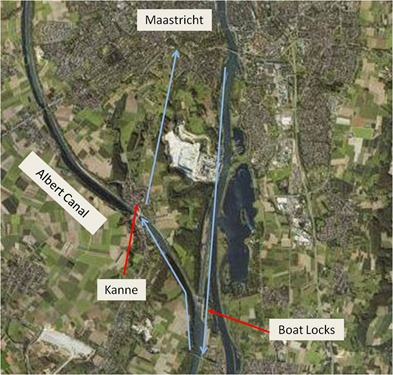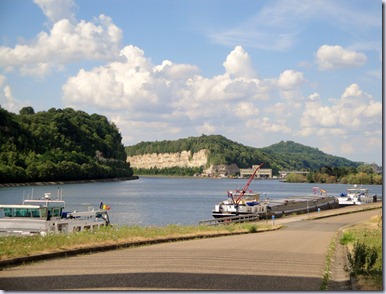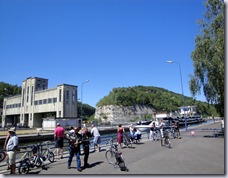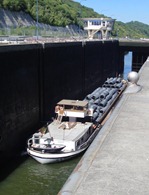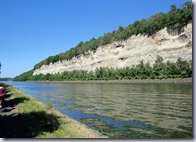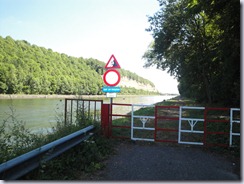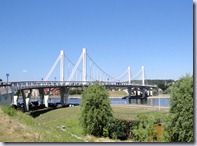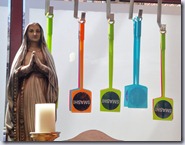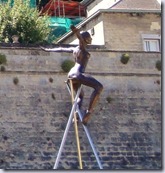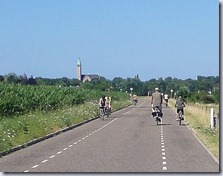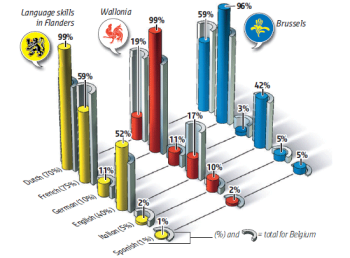Optimizing ferry fares
 I’m shuttling back and forth between Cambridge and Barrington, getting the rhythm and momentum of having one foot on either side of the channel. I still favor the Dutch side of the arrangement, but like the city mouse / country mouse contrast. There’s also opportunities to alternate busy meeting periods, where I scheme and deliver, with quiet times where I to get into my flow and get things done.
I’m shuttling back and forth between Cambridge and Barrington, getting the rhythm and momentum of having one foot on either side of the channel. I still favor the Dutch side of the arrangement, but like the city mouse / country mouse contrast. There’s also opportunities to alternate busy meeting periods, where I scheme and deliver, with quiet times where I to get into my flow and get things done. I’m doing the crossings on the ferries, a leg with the car costs between 35 and 50 gbp if I book a bit ahead a week and am flexible about when I travel. Some periods get messed up: this weekend, for example, the Brits left for vacation and the fares
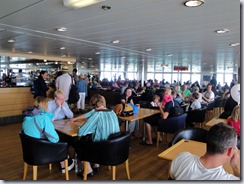 soared to 125 gbp on Saturday.
soared to 125 gbp on Saturday.Yike! and for crowding like this on the Dover Calais crossing.A friend suggested that I look into ticket-books for multiple crossings. I talked with the ferry crew and dug around the website – they don’t make this easy to find. But the savings are huge, the tickets are transferable, and they last for a long time.
Norfolkline: Multi-trip tickets, these are transferable among family and friends, open passage (don’t have to specify travel dates in advance), and fixed-fee regardless of time and day. You can’t travel on peak blackout dates and must be fore return bookings. You you buy a Silver pass, for example, you get 5-8 return trips for 24 GBP each way. Travel must be completed by mid-December.In all cases, purchase must be by phone (Norfolkline crews said that their offices also sell them, but no sales on the boats).
P&O Ferry: Season Tickets, sold in packages of 9 return tickets from 27 gbp each way. Prices may be higher depending on pass duration and number of return crossings, they don’t mention blackout dates or transferability.
Seafrance: Multi-ticket Carnet for 30 gbp each way if you buy 5-6 return tickets. Valid for a year, supplemental charges for peak time crossings, and they are only available to UK residents. But they do give complimentary coffee on the first crossing.
Disclaimer: I have no affiliation with any ferry company and am not paid for this advice: I buy all of my own tickets at retail prices.
PS: It’s also worth remembering to check for discount codes by searching before booking. Sites like MyVoucherCodes have regularly saved me 10-30% on fares and stay pretty up to date with current codes.
Labels: Advice, Boat Travel

